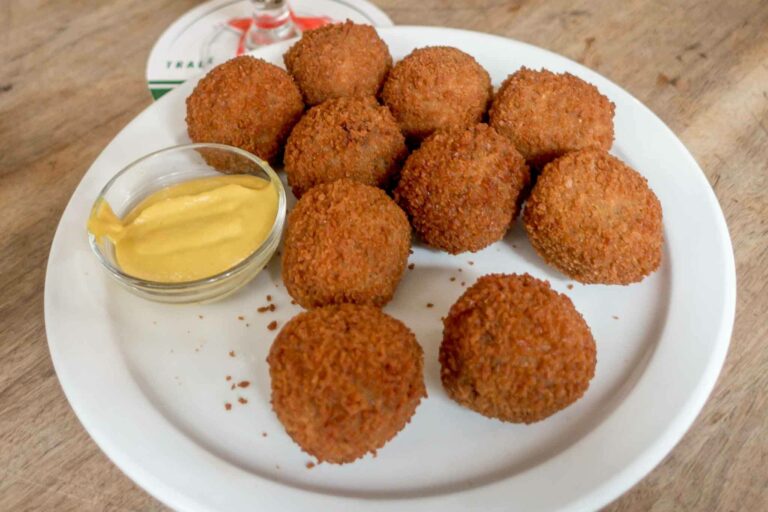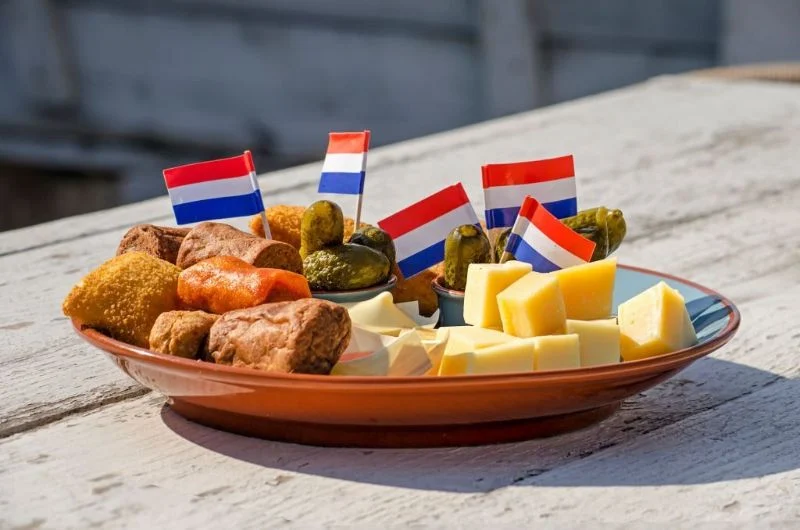Introduction: Dutch and Indonesian cuisine
Indonesian cuisine is renowned for its bold and complex flavors, which are the result of centuries of blending diverse cultural influences. Among the many cultures that have shaped Indonesian cuisine, the Dutch legacy is particularly significant. The Netherlands colonized Indonesia for more than 300 years, leaving a lasting impact on the country’s culture, including its cuisine.
Historical background of Dutch and Indonesian relations
The Netherlands established its first trading post in Indonesia in the early 17th century, which later expanded into a full-fledged colony. During this time, the Dutch East India Company imposed substantial taxes on the Indonesian people and imposed their culture on the local population. Despite this, the Dutch brought many benefits to the region, including the introduction of new crops, spices, cooking techniques, and recipes.
The influence of Dutch spices on Indonesian dishes
One of the most significant impacts of the Dutch on Indonesian cuisine is the introduction of spices. The Dutch imported a wide range of spices from their colonies in the East, including nutmeg, pepper, and cloves. These spices were incorporated into Indonesian dishes and blended with local spices such as coriander, turmeric, and ginger, creating a unique flavor profile that set Indonesian cuisine apart from other Southeast Asian cuisines.
Dutch impact on Indonesian cooking techniques
The Dutch also influenced Indonesian cooking techniques, introducing new methods of cooking, such as baking, roasting, and stewing. These techniques were used to create dishes such as babi panggang (roast pork) and smoor (slow-cooked beef). The Dutch also brought new utensils such as pots and pans, which have become an integral part of Indonesian cooking.
Dutch-influenced dishes in Indonesian cuisine
Several Indonesian dishes were inspired by Dutch cuisine, including bami goreng (fried noodles), frikadel (meatballs), and poffertjes (mini pancakes). These dishes have become popular in Indonesia and are often found in Dutch-influenced restaurants and cafes.
Present-day Dutch-Indonesian fusion cuisine
Today, Indonesian cuisine continues to be influenced by Dutch cuisine, with many modern chefs creating fusion dishes that blend the best of both worlds. Some examples of Dutch-Indonesian fusion cuisine include gado-gado croquettes, nasi goreng with Dutch sausage, and bitterballen with rendang filling. These innovative dishes showcase the rich cultural heritage and culinary creativity of Indonesia and the Netherlands.
In conclusion, the Dutch have had a profound influence on Indonesian cuisine, from the introduction of spices and cooking techniques to the creation of new dishes. The blending of these two cultures has resulted in a unique and flavorful cuisine that has captured the hearts of food lovers around the world.










